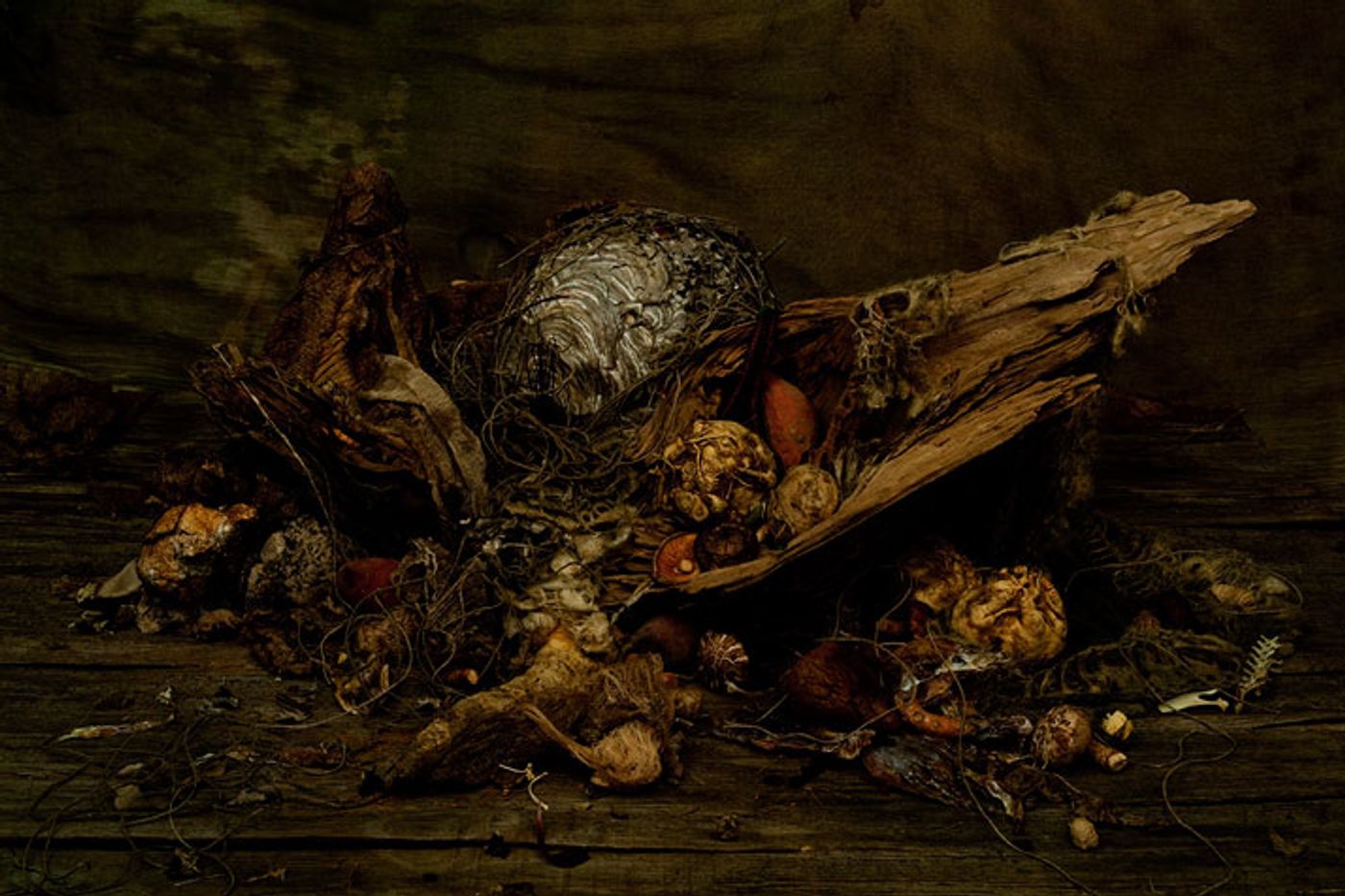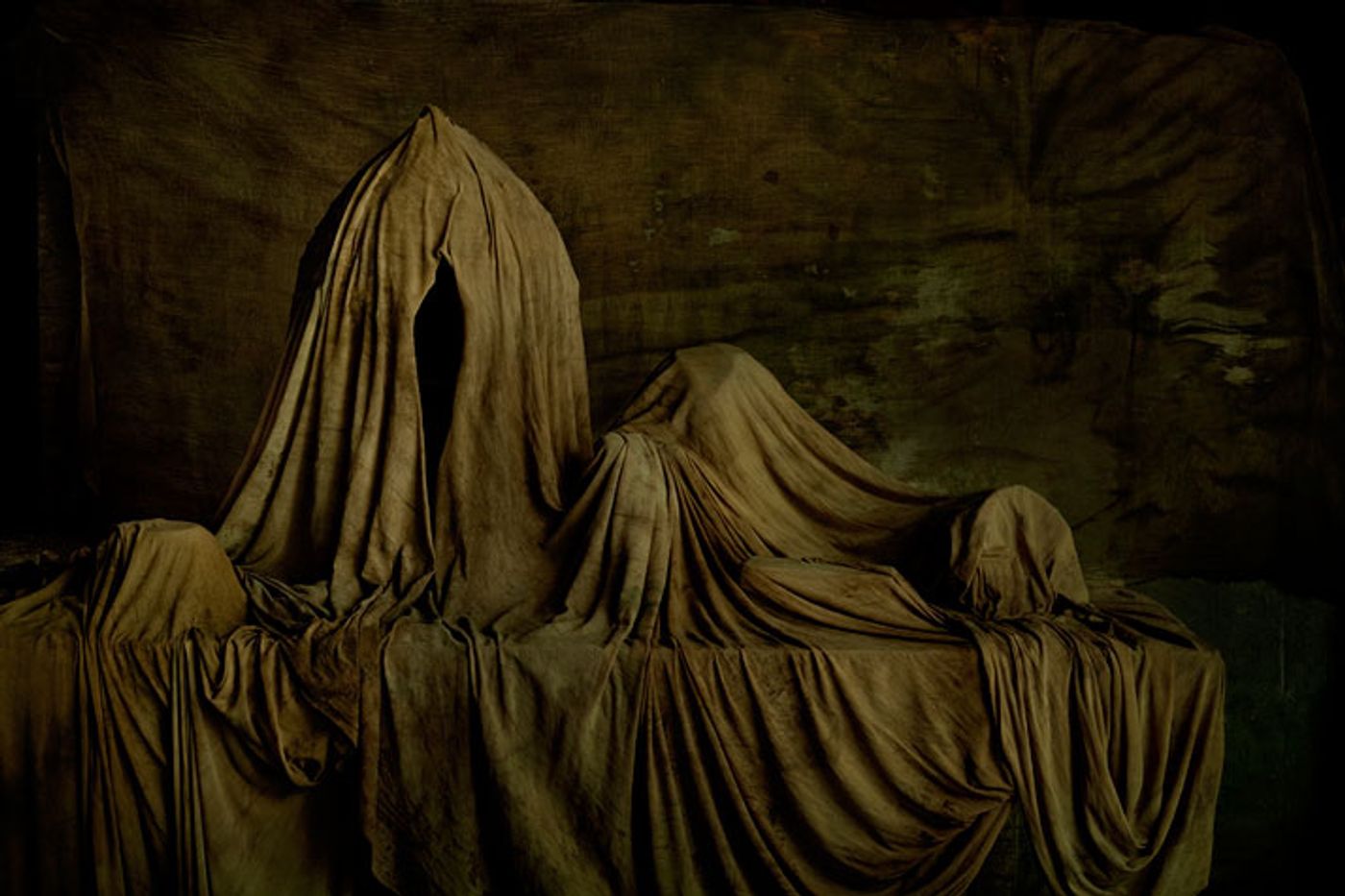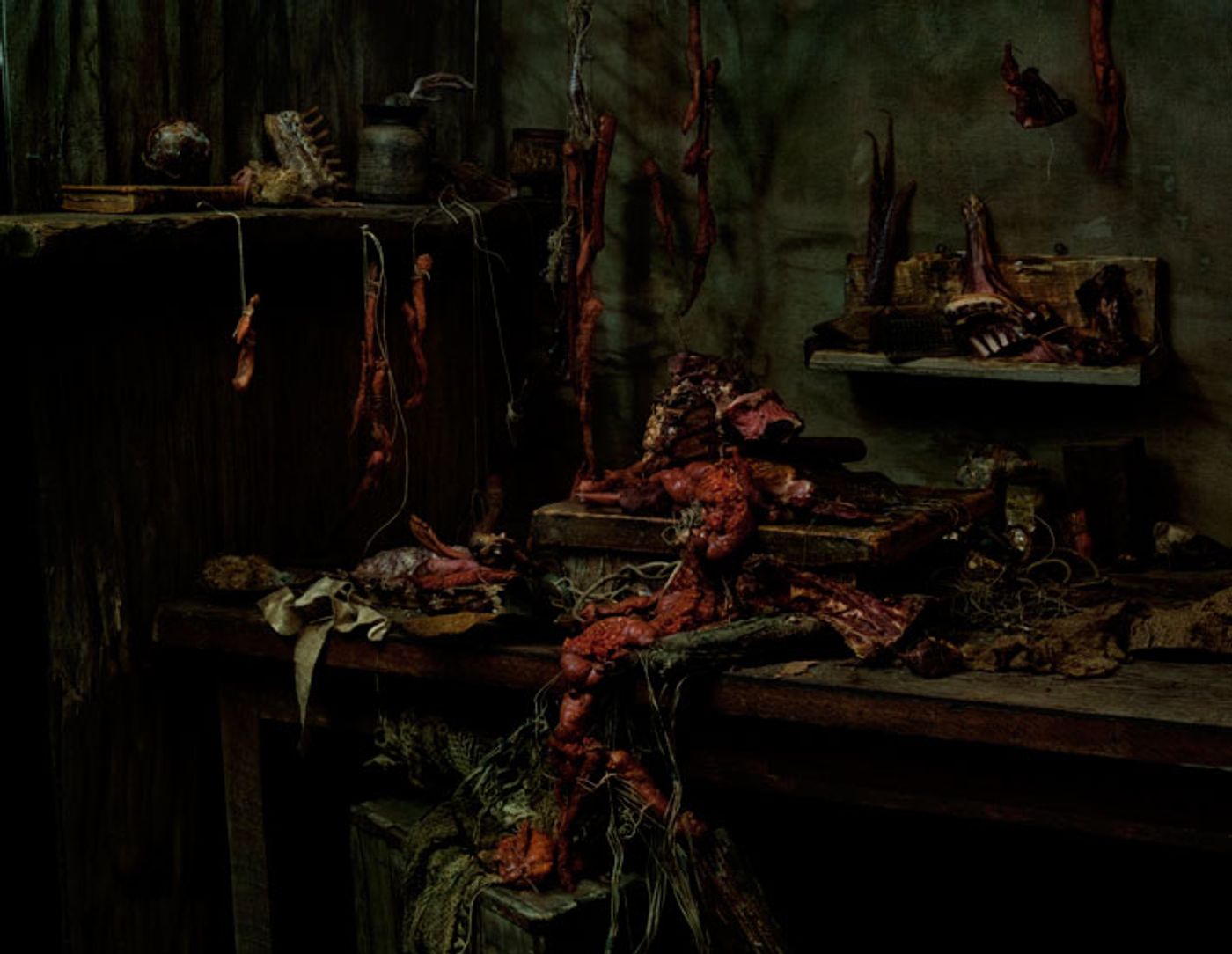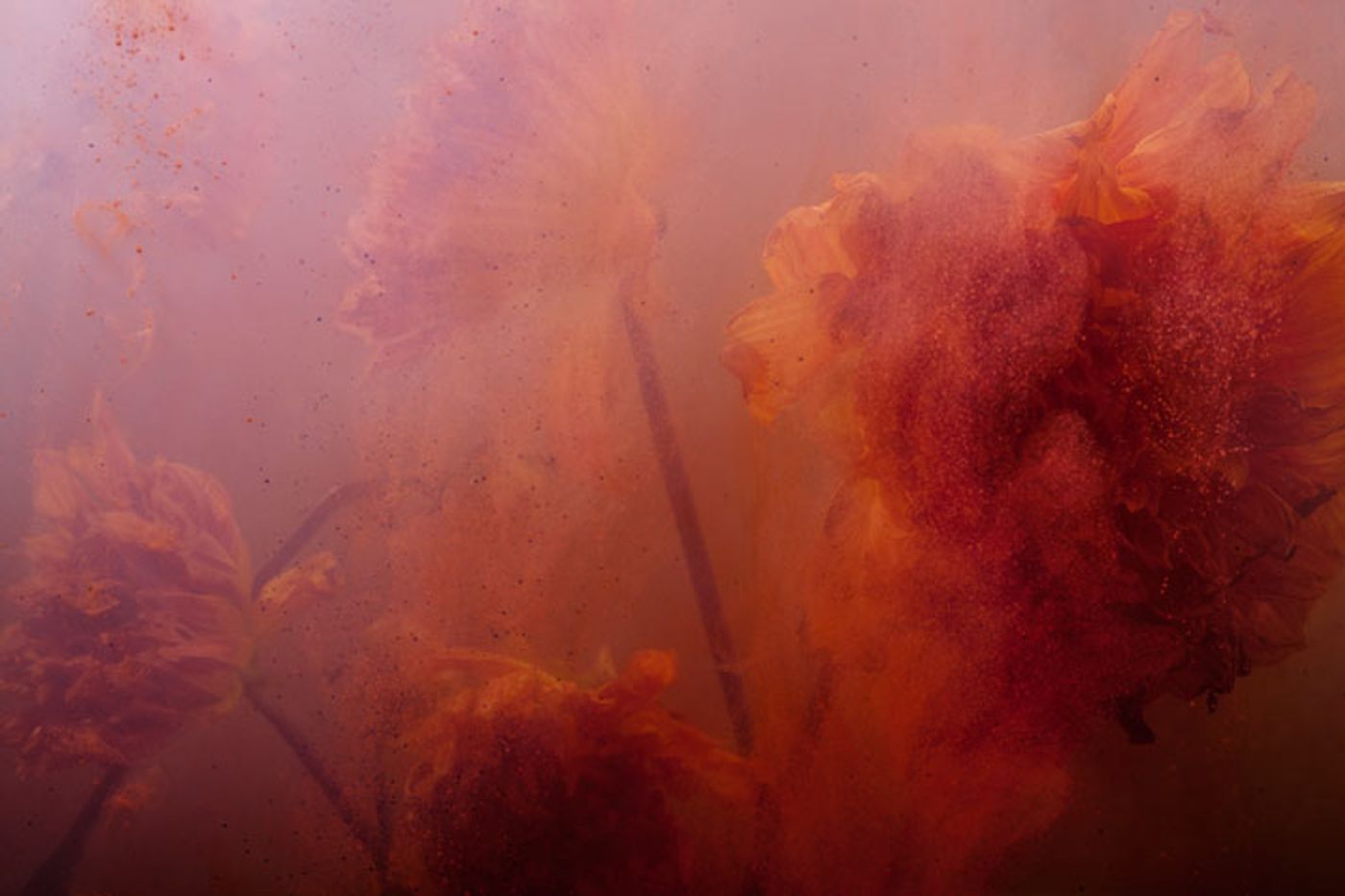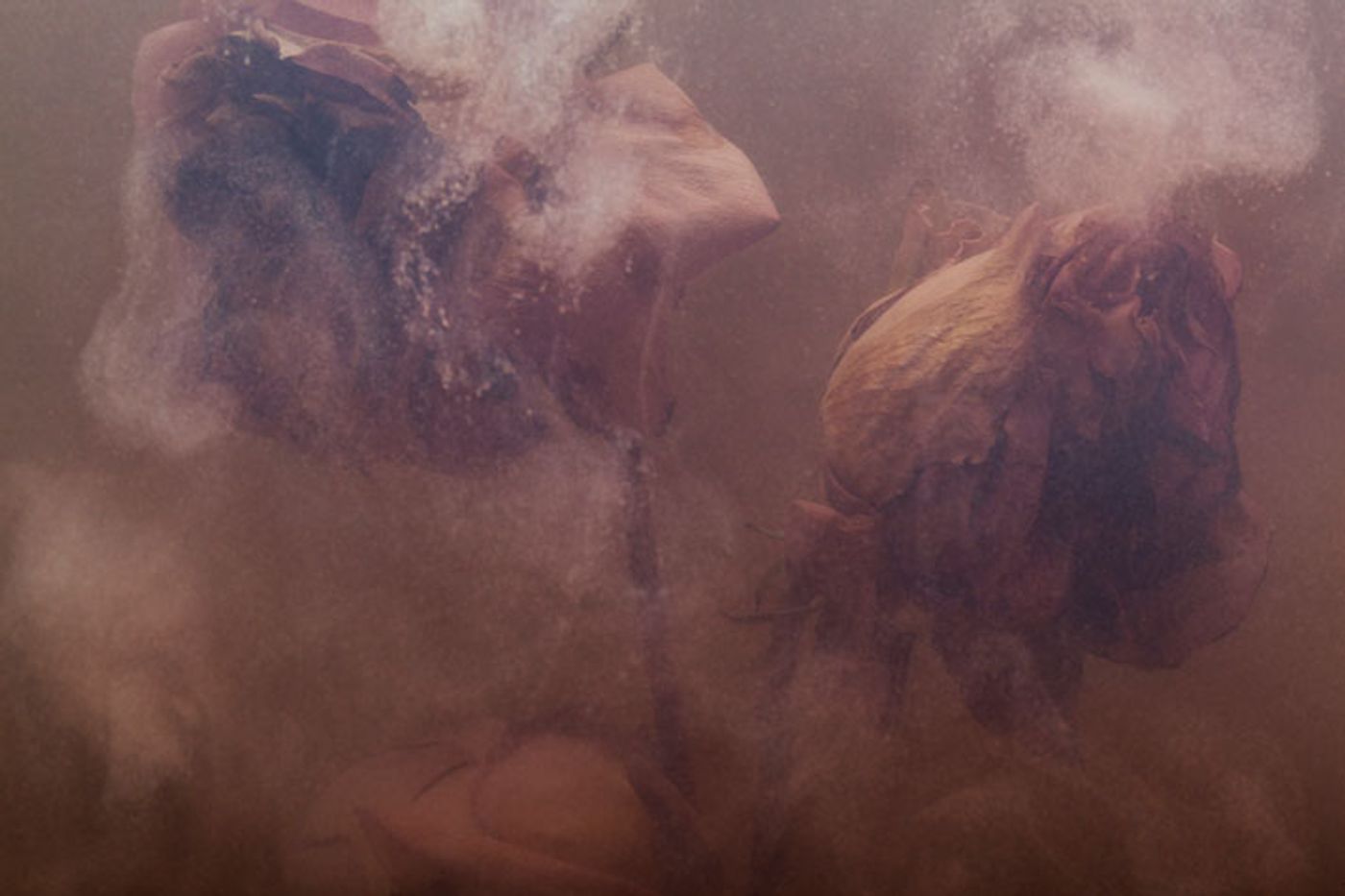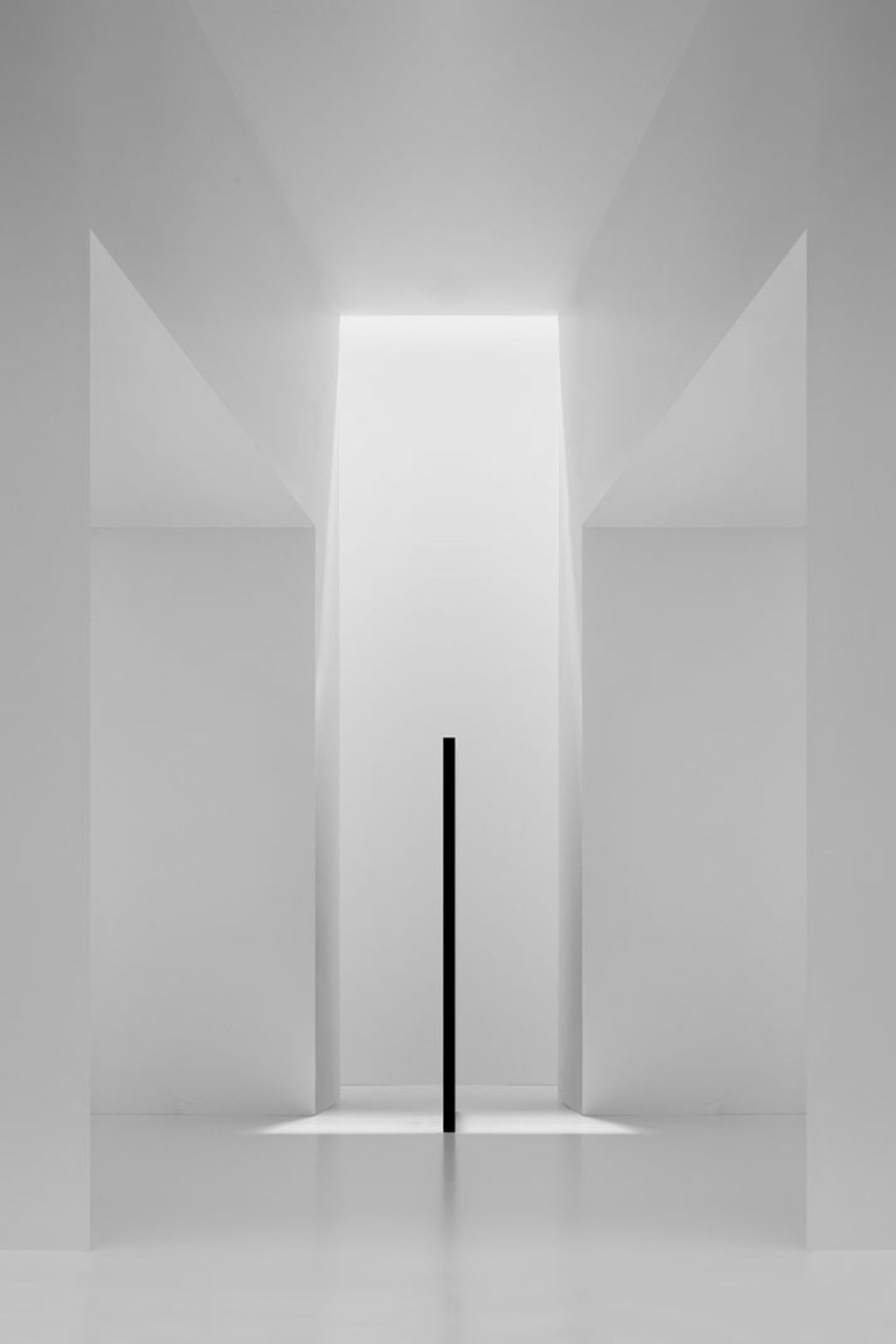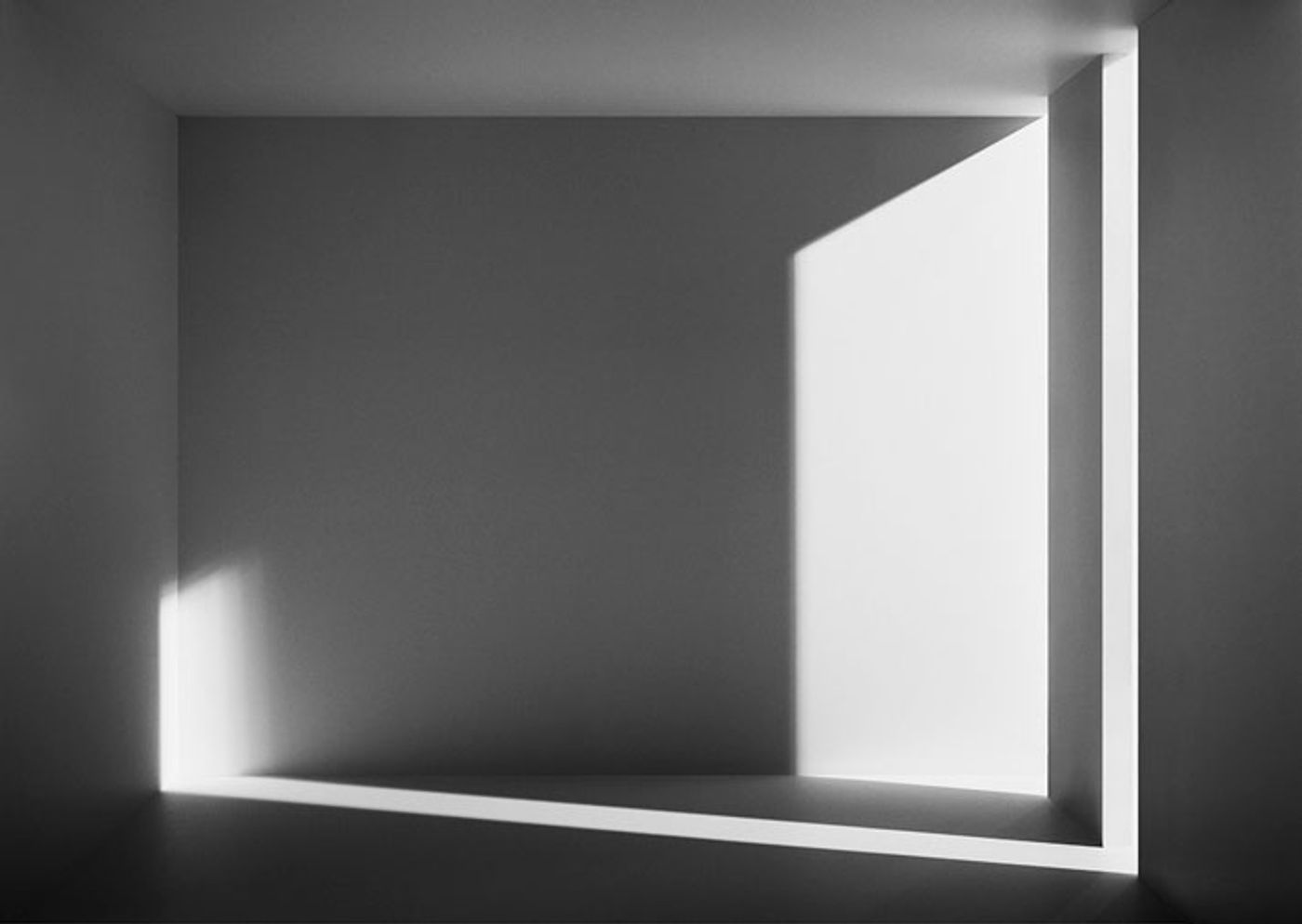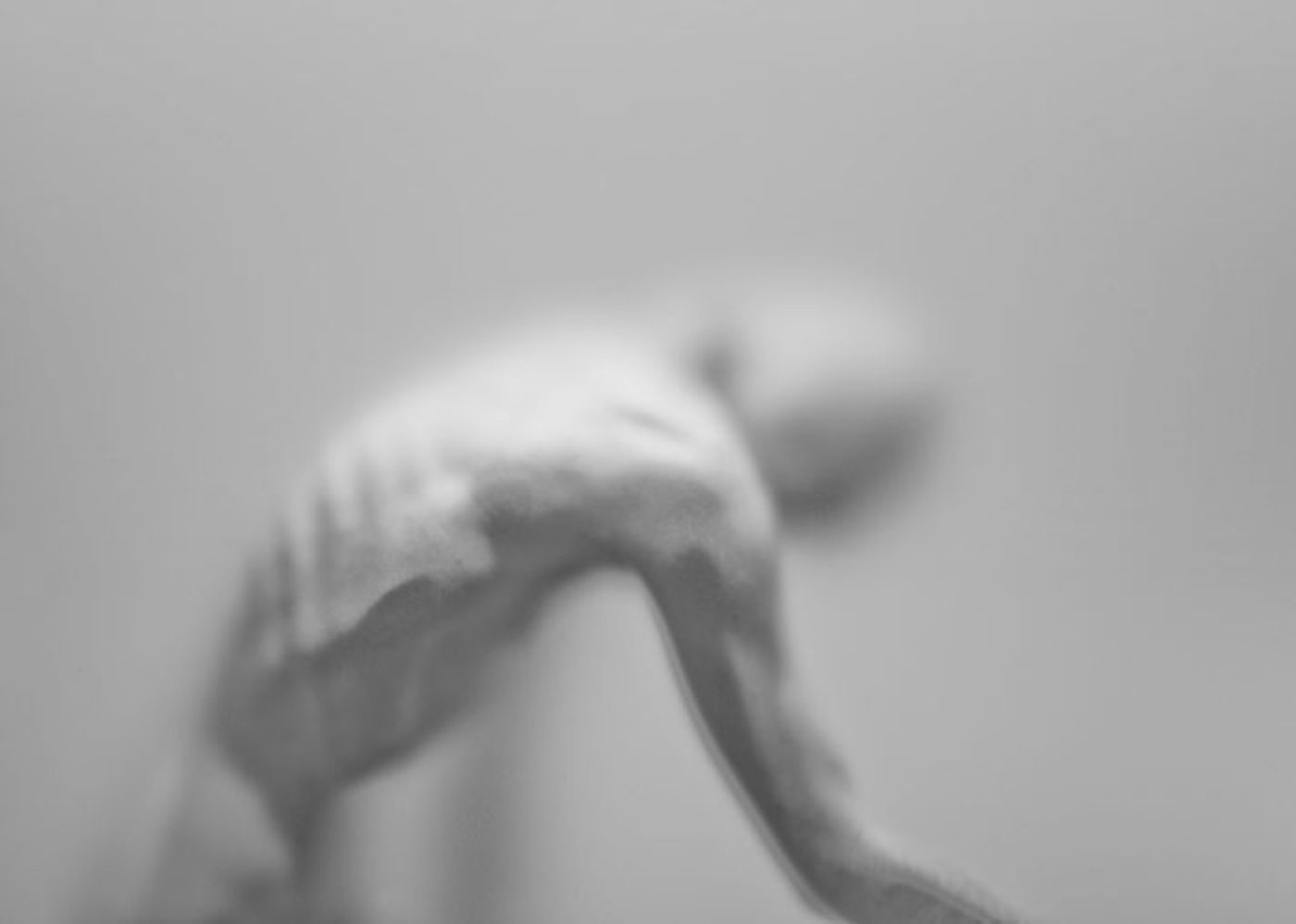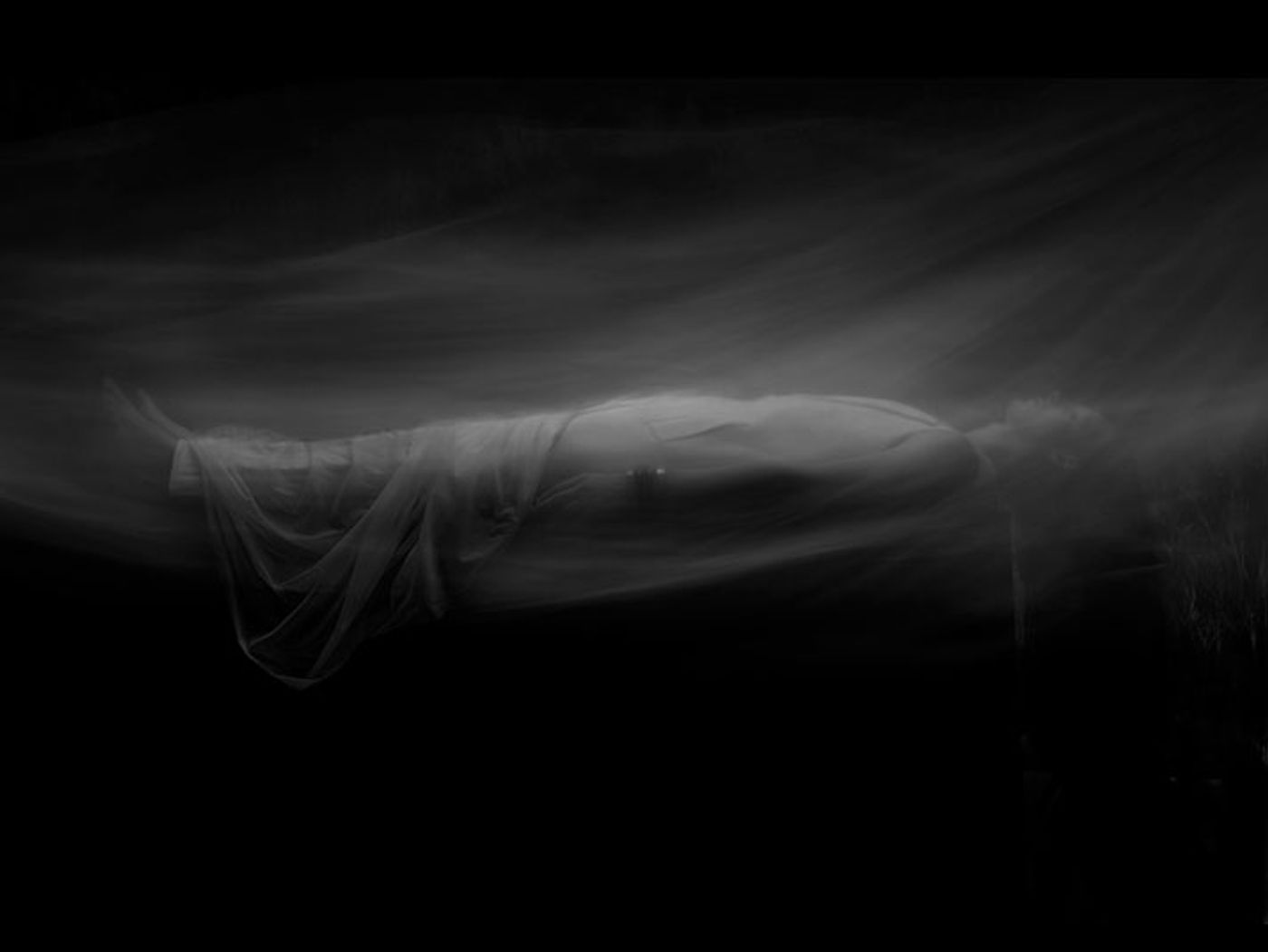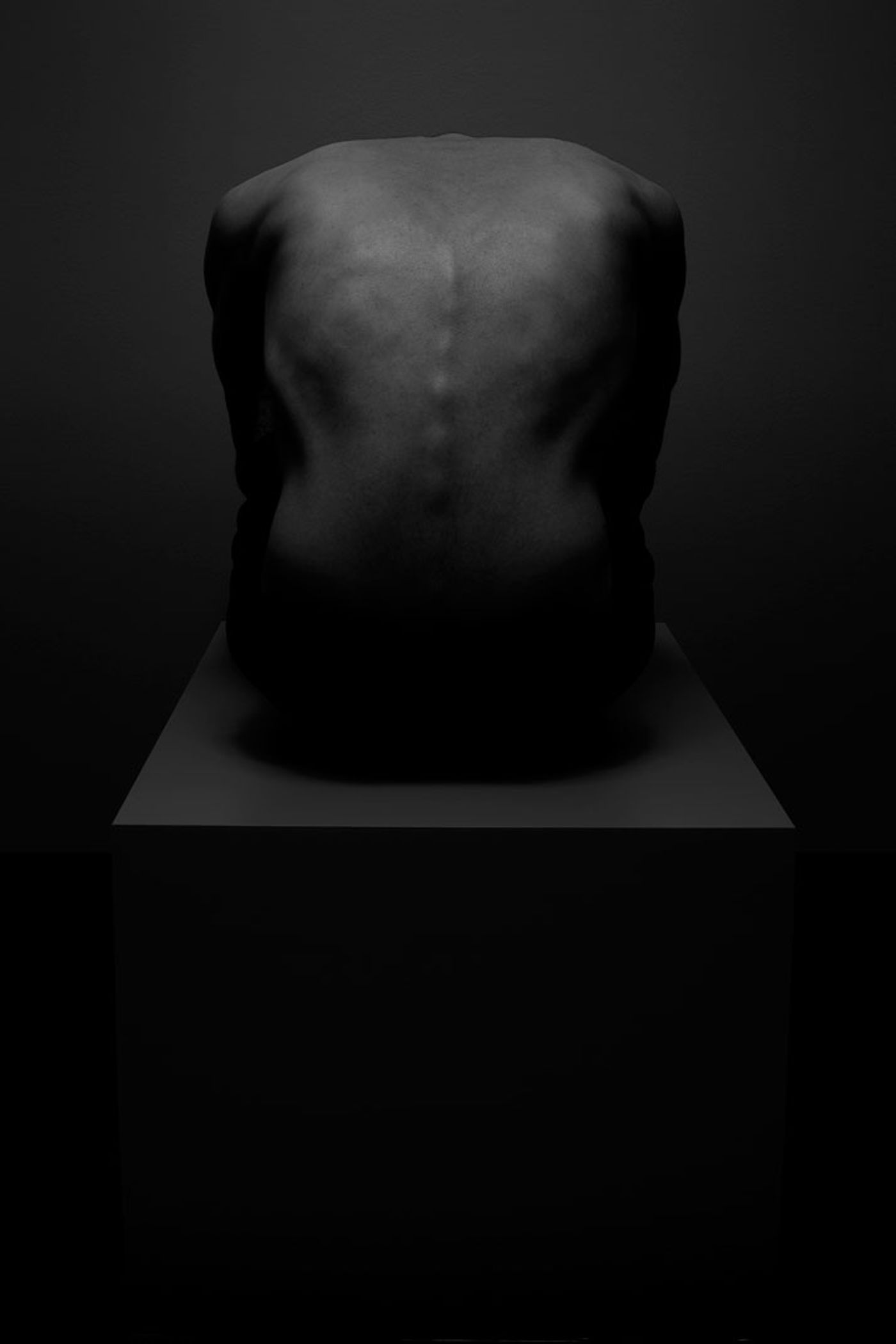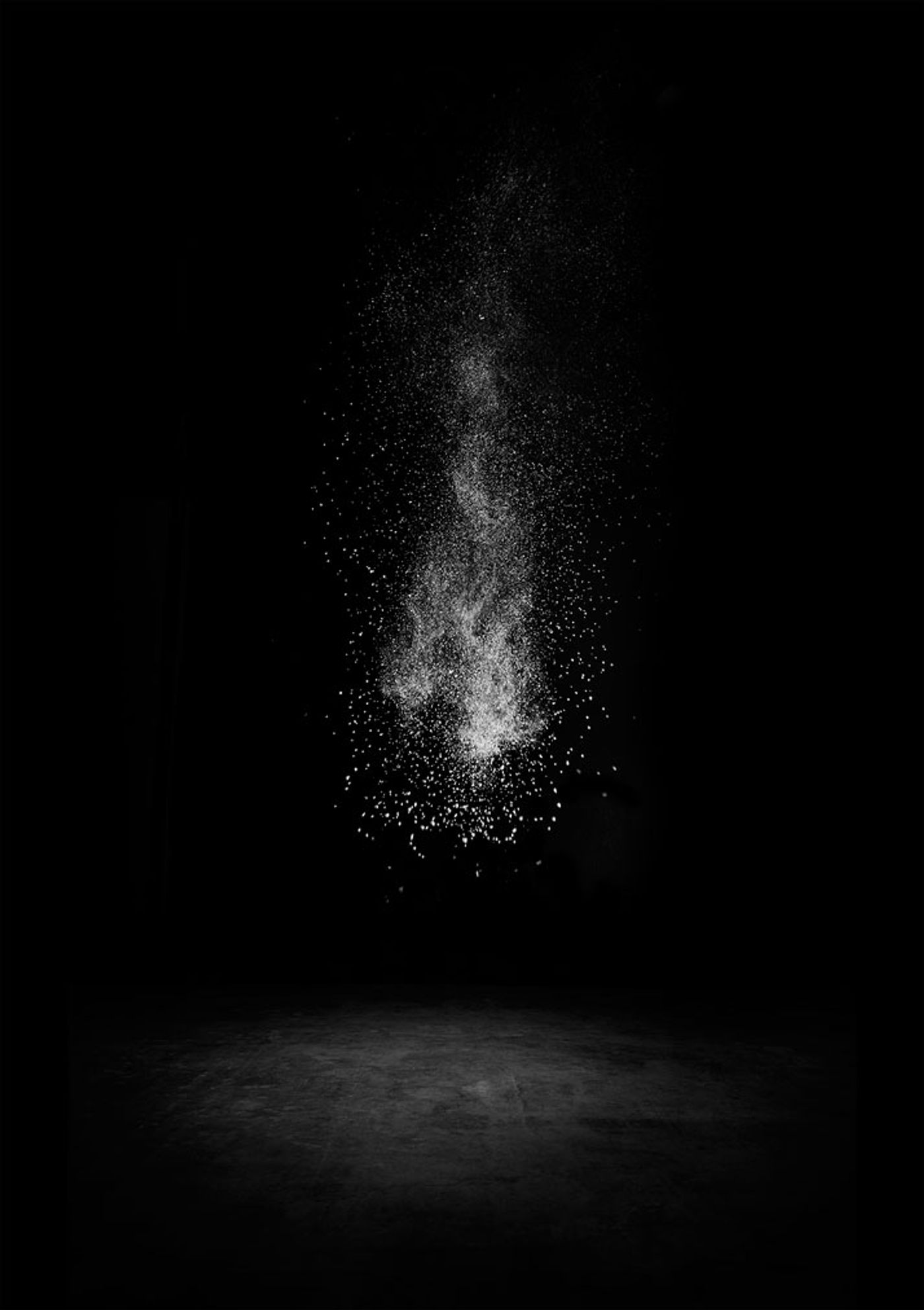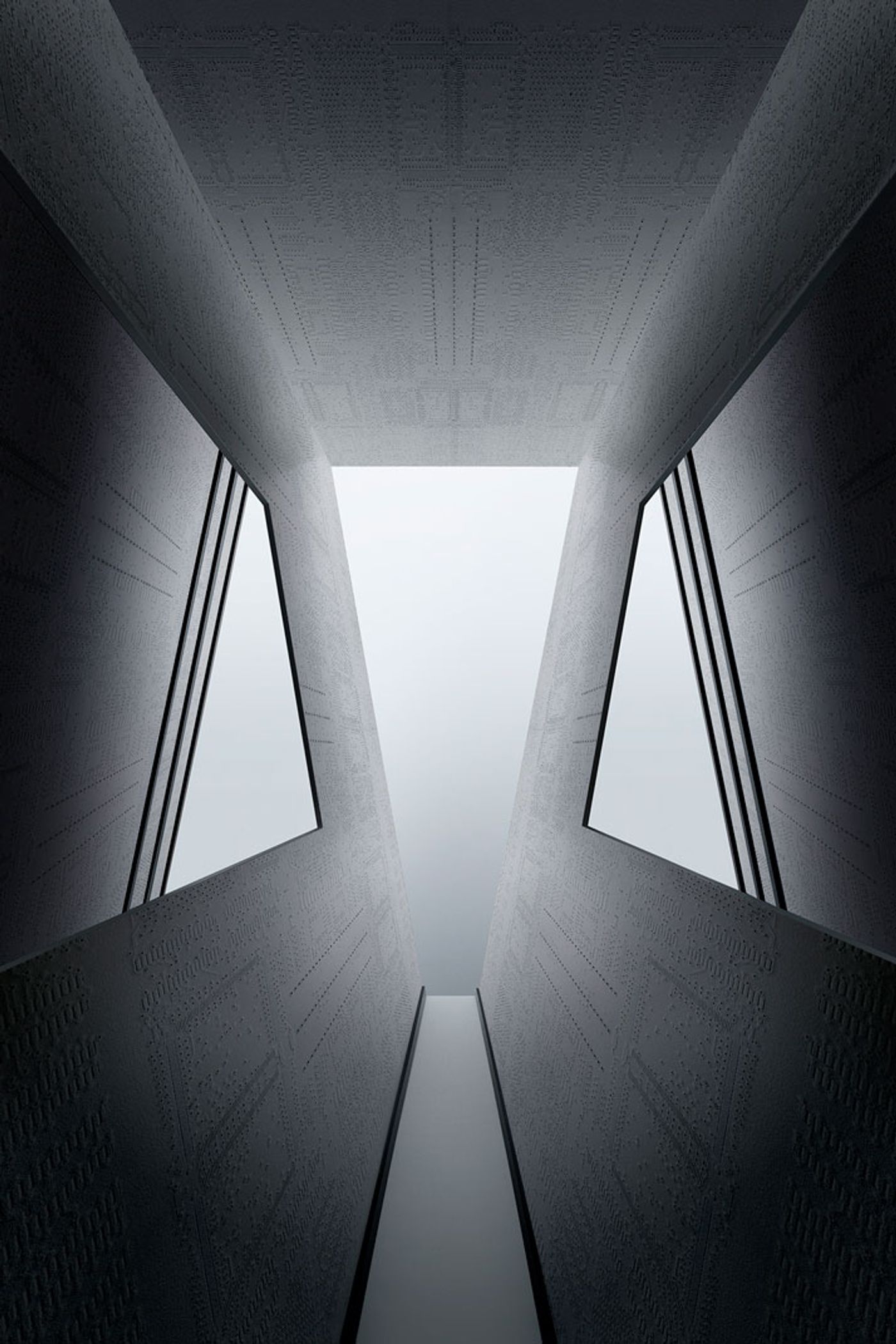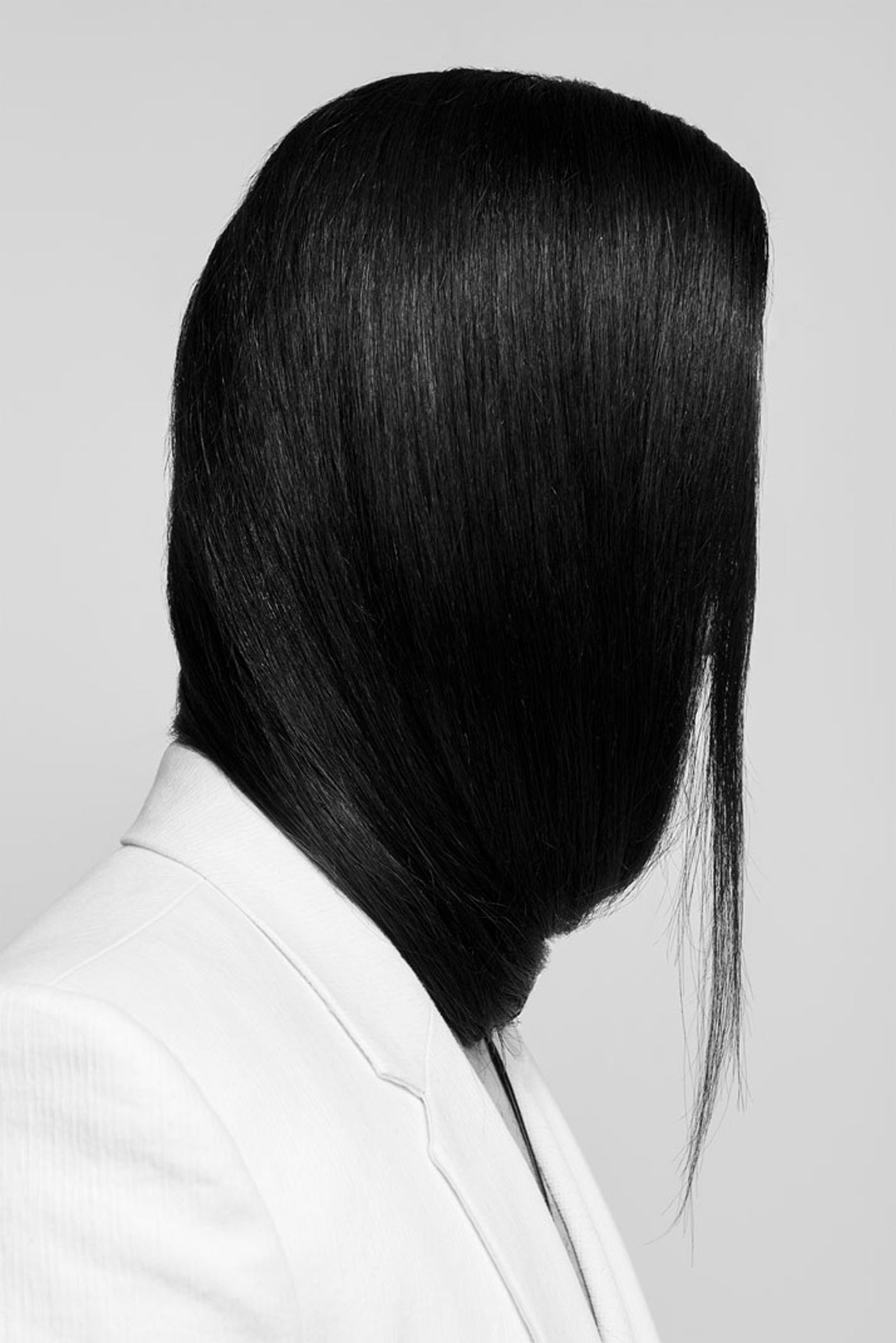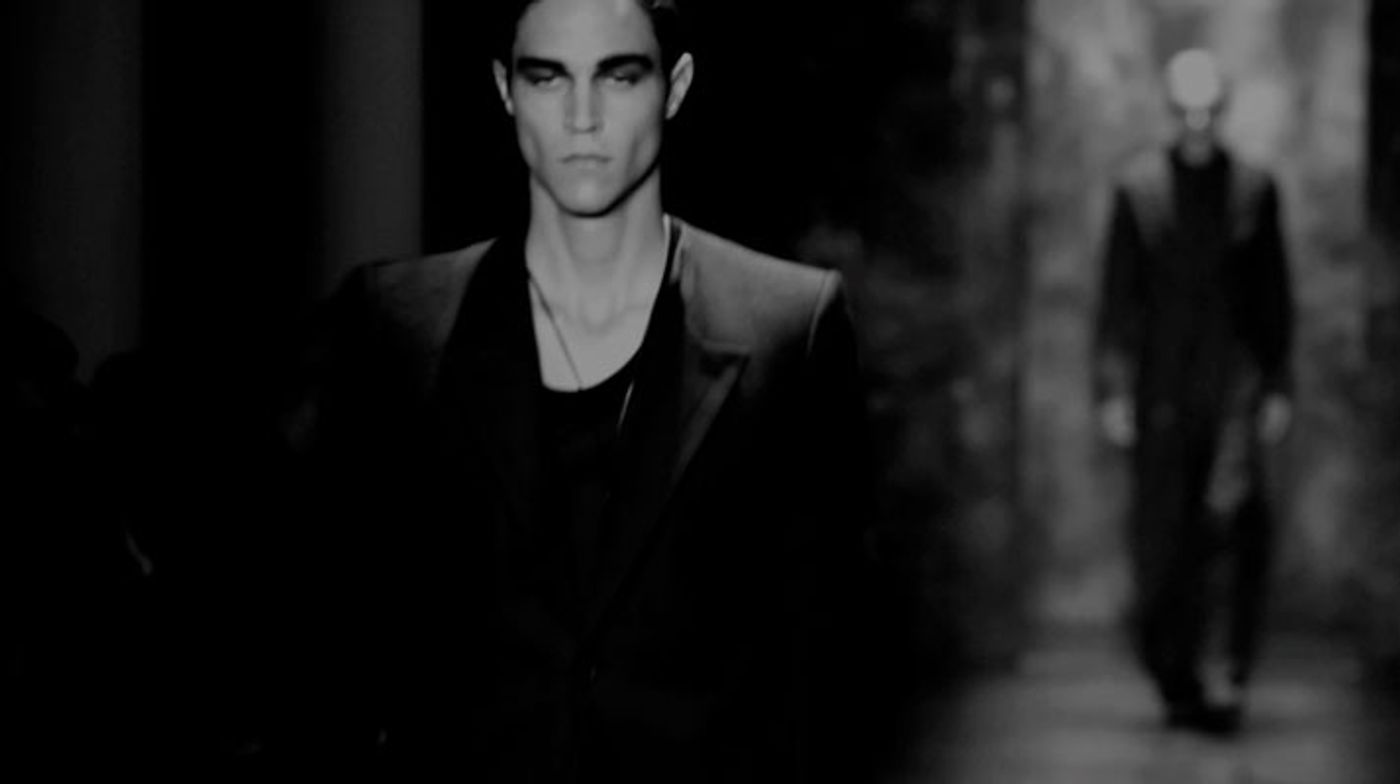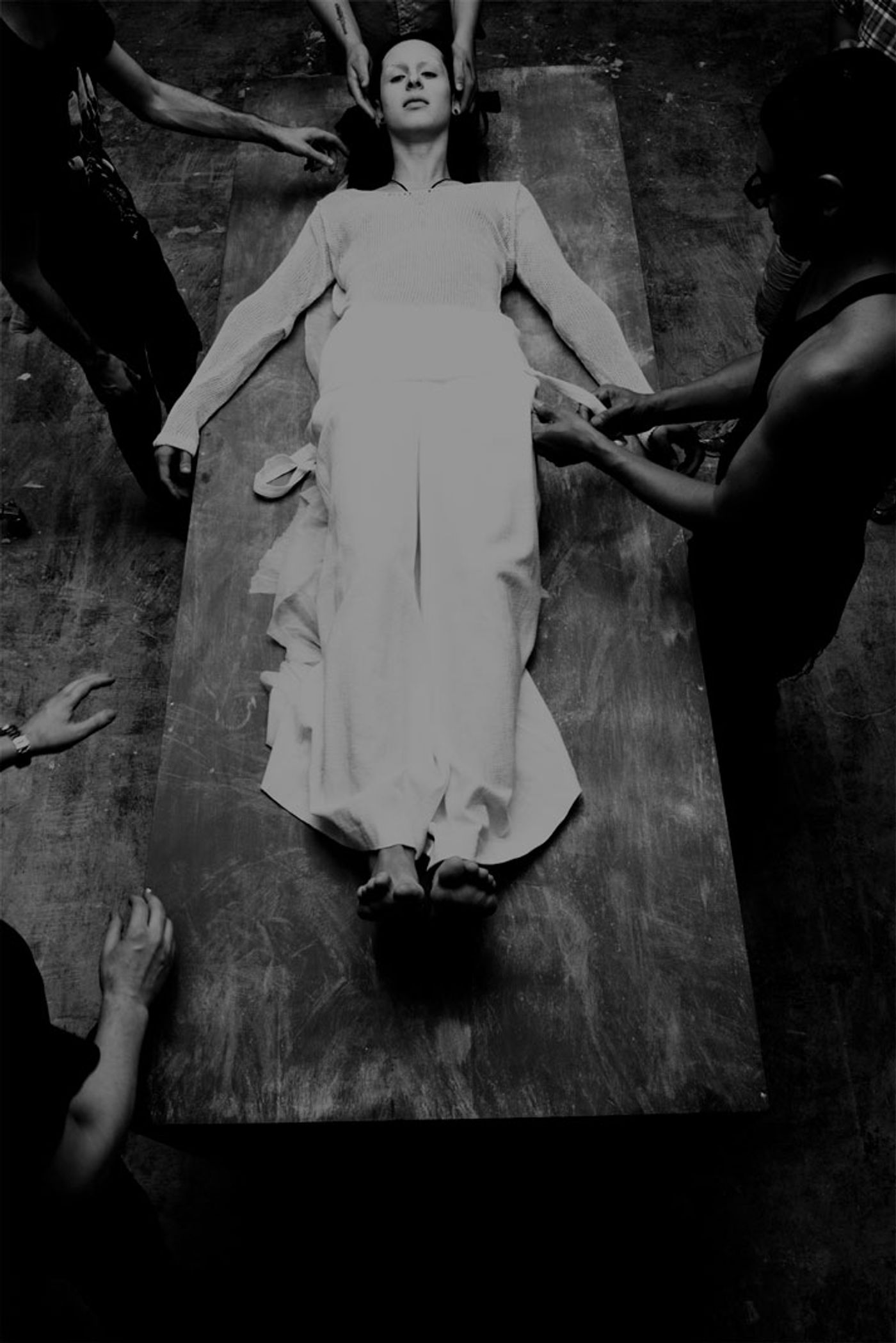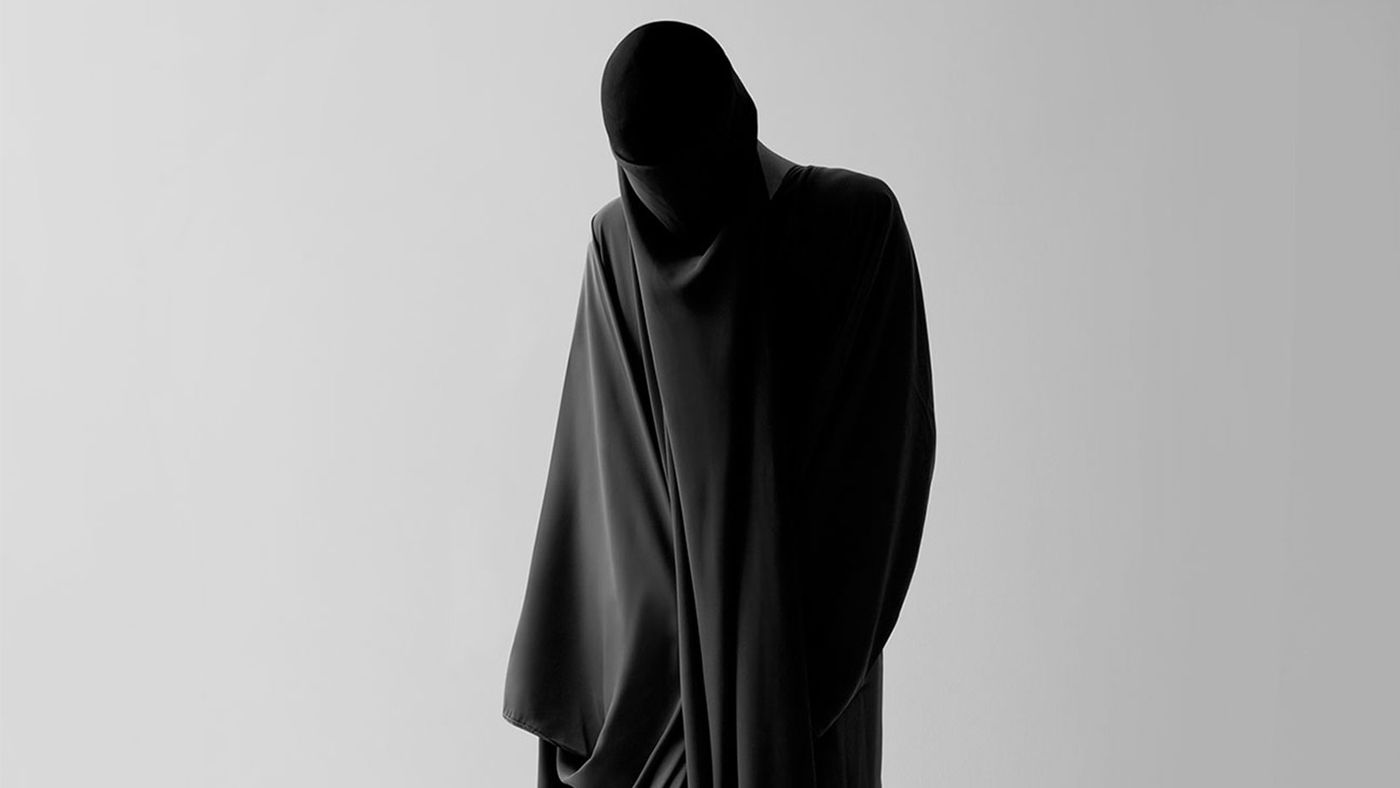
Lessons In Sculptural Imagery, Chemical Photography And The Ressurection Of Still Life By Cope/Arnold
Words by Demetrios Gkiouzelis
Location
Lessons In Sculptural Imagery, Chemical Photography And The Ressurection Of Still Life By Cope/Arnold
Words by Demetrios Gkiouzelis
Photographer Nicholas Alan Cope and creative director Dustin Edward Arnold have come to be known as a groundbreaking duo within the visual arts world. Both with wide-ranging backgrounds in photography and design, they originally met through a commercial project in 2007 and began their first collaboration in 2009 when they formed the artistic partnership known as Cope/Arnold. They decided to join forces due to a mutual desire to go beyond the commonplace and take photography to places it had never been before. ''We have a classical approach to making work'', they point out, where ''there’s a lot of planning, a lot of preparation''. Their approach to image creation, however classical, still manages to break the confines of conventional photography. Each working beyond their respective discipline, they inventively combine the mediums of painting, chemistry, sculpture, fashion and installation as a part of their image-making process, without being afraid to constantly evolve and experiment with new approaches and techniques that they have never tried before.
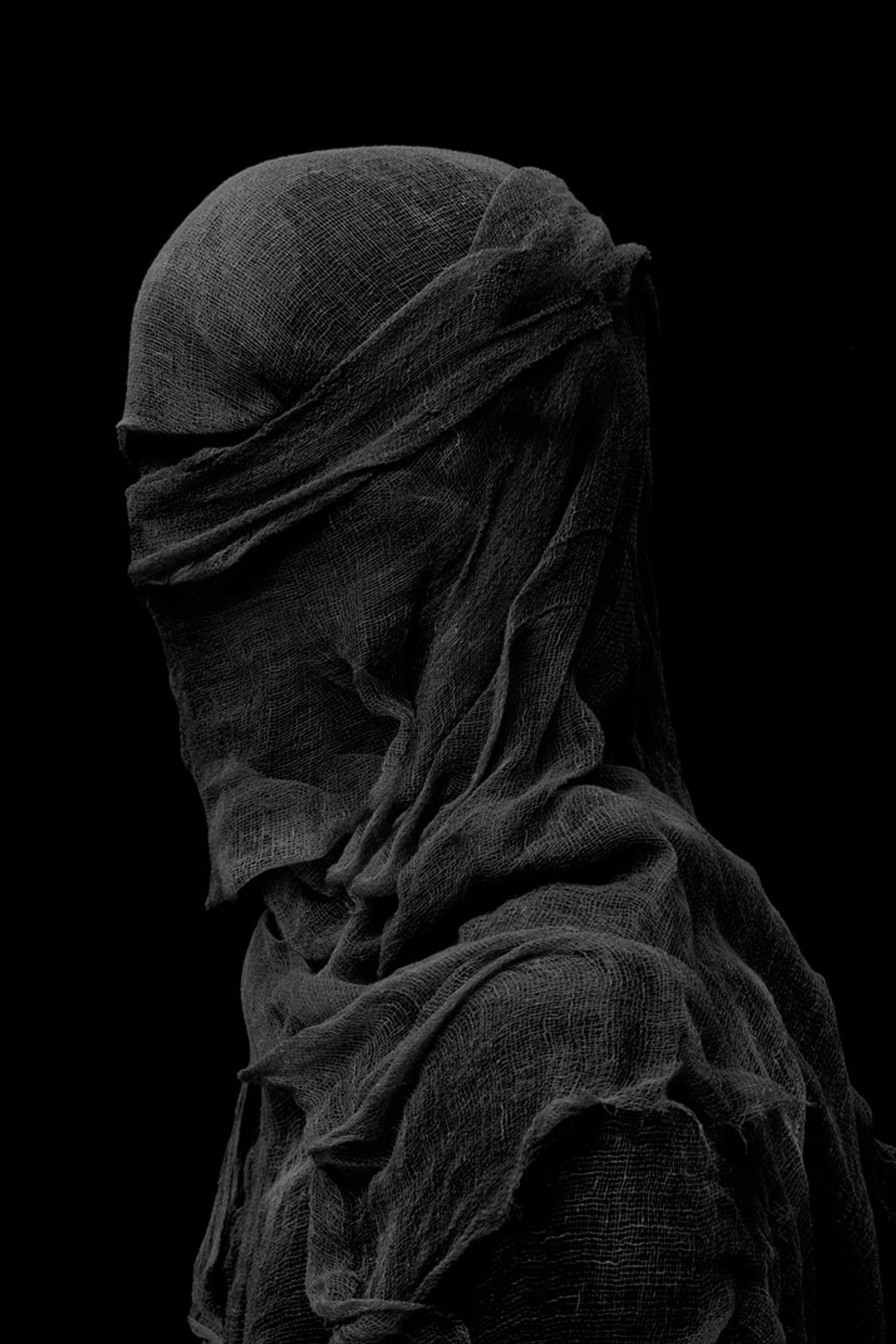
PHOTO: COPE/ARNOLD
PROJECT: VEDAS GARMENTS
GARMENT DESIGN: COPE/ARNOLD
SCALE MODEL DESIGN: COPE/ARNOLD
Combining traditional art making practices and digital craft into one space, their work is further consolidated by a compelling conceptual framework that goes far beyond what meets the eye. Through their imagery they orchestrate captivating visual storylines based on an omnipresent interest in the abstract which is elusively highlighted by scientific, spiritual and cosmological undertones. The aesthetic of their shoots is made up of a combination of atmospheric lighting, rich textures and attention to detail. Heavenly lights complement and at the same time juxtapose dramatic shadows and exaggerated close-ups, thereby creating a series of mesmerizing imagery that shies away from ordinary editorial and flirts with fine art.
Since joining forces, they have amassed a body of autonomous work that references the past, twists the present and projects well into the future. So today, we are very excited to present an overview of their breathtaking imagery.
PUTESCO (2009) is a self-initiated photography project that challenges classical composition and aesthetics through decomposing still lives. Still lives have been used throughout classical painting as an intermediary between an object’s pure physicality and the divine. The series graphically captures this in-between transient state, expressed through decomposition and decay. Dramatic shadows draw attention to scenes intensely rich with detail and texture set somewhere between life and death, where rotten fruit, skulls and carcasses are assembled in arrangements that explicitly portray the natural progression of living organisms from life through to decay. The project is, in its own right, reminiscent of baroque vanitas paintings which expressed the transience of life, the futility of pleasure and the certainty of death. However, here, this theme is taken one step further by presenting the true essence of decay, orchestrating arresting scenes that highlight the perishable and the macabre in a format traditionally associated with romantic portrayals of commonplace objects.
''Alternating between putrefaction and illumination, past and present, curiosity and disgust, Putesco offers in its own right a subjective liberation from the material body and its constraints''.
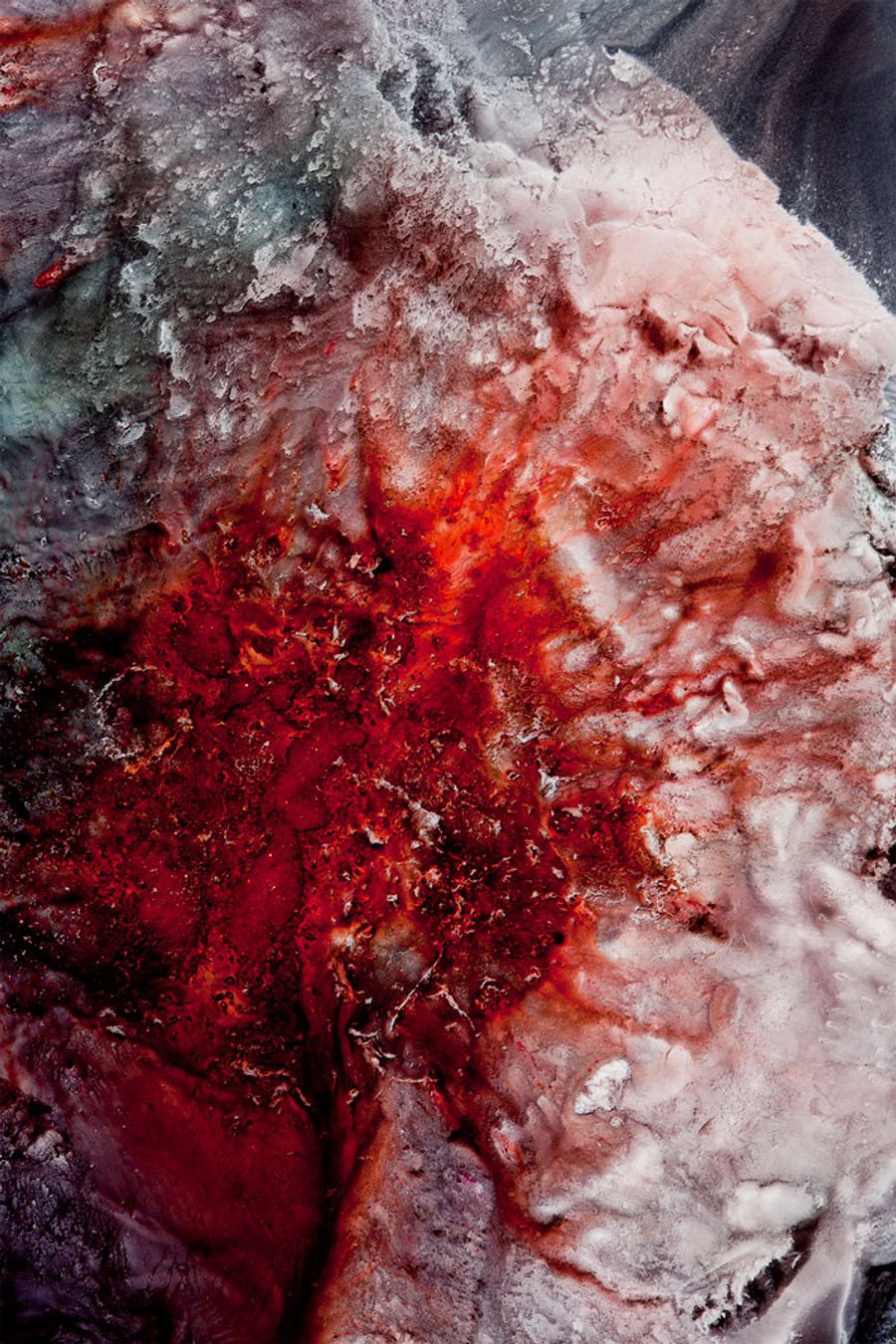
PHOTO: COPE/ARNOLD
PROJECT: AETHER

PHOTO: COPE/ARNOLD
PROJECT: AETHER
AETHER (2010) is a mixture of painting, chemistry and photography that challenge the perception and interpretation of the abstract. People usually interpret an object, a space or life itself by examining just the surface, therefore missing a whole layer of information buried underneath. However, if the internal state of an object emerged to the fore, new interpretations for its nature could arise. This project sets to perform this very experiment. Playing with the molecular composition of objects, chemicals and liquids, Cope and Arnold attempt to reveal the subjects’ true nature from which they were created and reinterpret the way we see things, and by extension, life in general.
"Modern science postulates that movement is life. That all things vibrate at varying frequencies and at varying rates, with incidents transferring their pulses outward through space. The intent of Aether was to map the topographies of this trembling"
Through the application of extreme heat to a variety of objects, the duo exploited the rate of heating and cooling as their own catalyst for movement, flow and vibration. The result is a series of close-ups of a variety of undefined objects melting into formless entities. Ever-changing forms and diluted colours morph together, appearing to both flood into one another or burst against each other, without it being very clear as to whether they are choosing to peacefully blend together or ferociously battle it out in order to win and dominate. Ambiguous and mystifying, the series depicts elusive instances where abstraction prevails, inviting us to reach our own conclusions on the finale, while imagining the origin of the weirdest objects, combinations and pictures.
STAMEN (2010) is a series of images exploring the dual nature of the spirit and self. It takes that same interest in the abstract, omnipresent throughout their work, and applies it to conventional floral arrangements. Combining conceptual exploration with chemical reactions and photography, Cope and Arnold created a series of enthralling images that resemble romantic oil paintings from the 19th century. Delicate flower arrangements are subjected to chemical reactions after being baptised in substances which have a metaphoric as well as an optic value.
"The act of bathing and submersion is the very first in the process of physical and psychological cleansing; it signifies the beginning of the death and rebirth of the self. Through this process we sought to create images which reflect stasis, conflict and surrender between these opposing forces".
The way in which the flowers responded to the chemicals became the medium to perfectly portray the birth and subsequent death of a frail entity, fleeting beauty and the brevity of life. Fire’s relevance here is dual fold, as it is the means that destroys the body whilst also cleansing the spirit. Burning and corrosive, heating and sanitizing, its dual nature alludes to corporeal and spiritual purification. Using the life cycle of the flower allegorically, Cope and Arnold create a dramatically intense ambience full of spiritual connotations bathed in blistering reds; romantic, poetic as well as strikingly bold.
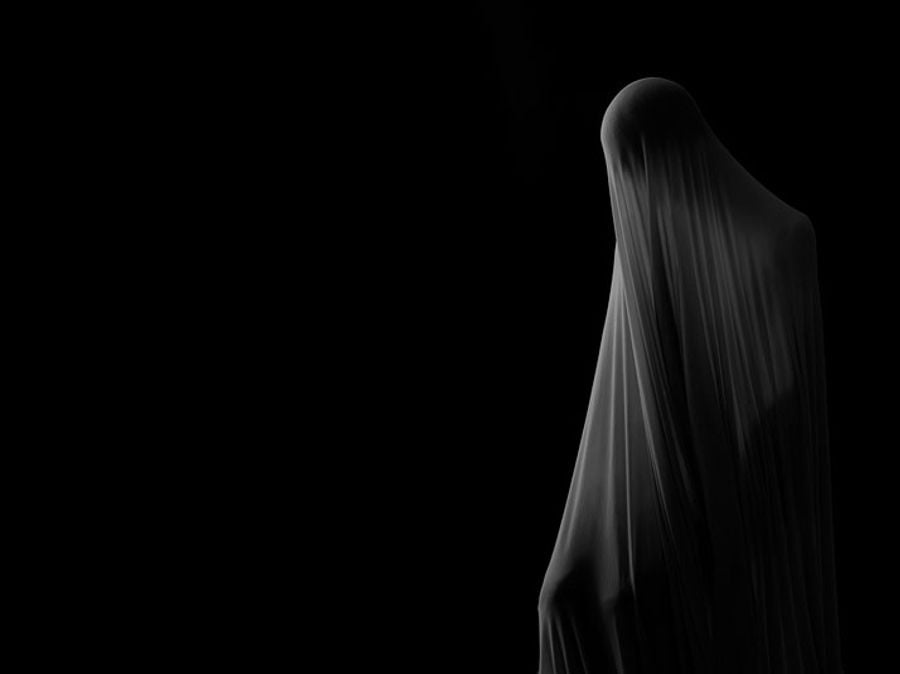
PHOTO: COPE/ARNOLD
PROJECT: VEDAS GARMENTS
GARMENT DESIGN: COPE/ARNOLD
SCALE MODEL DESIGN: COPE/ARNOLD
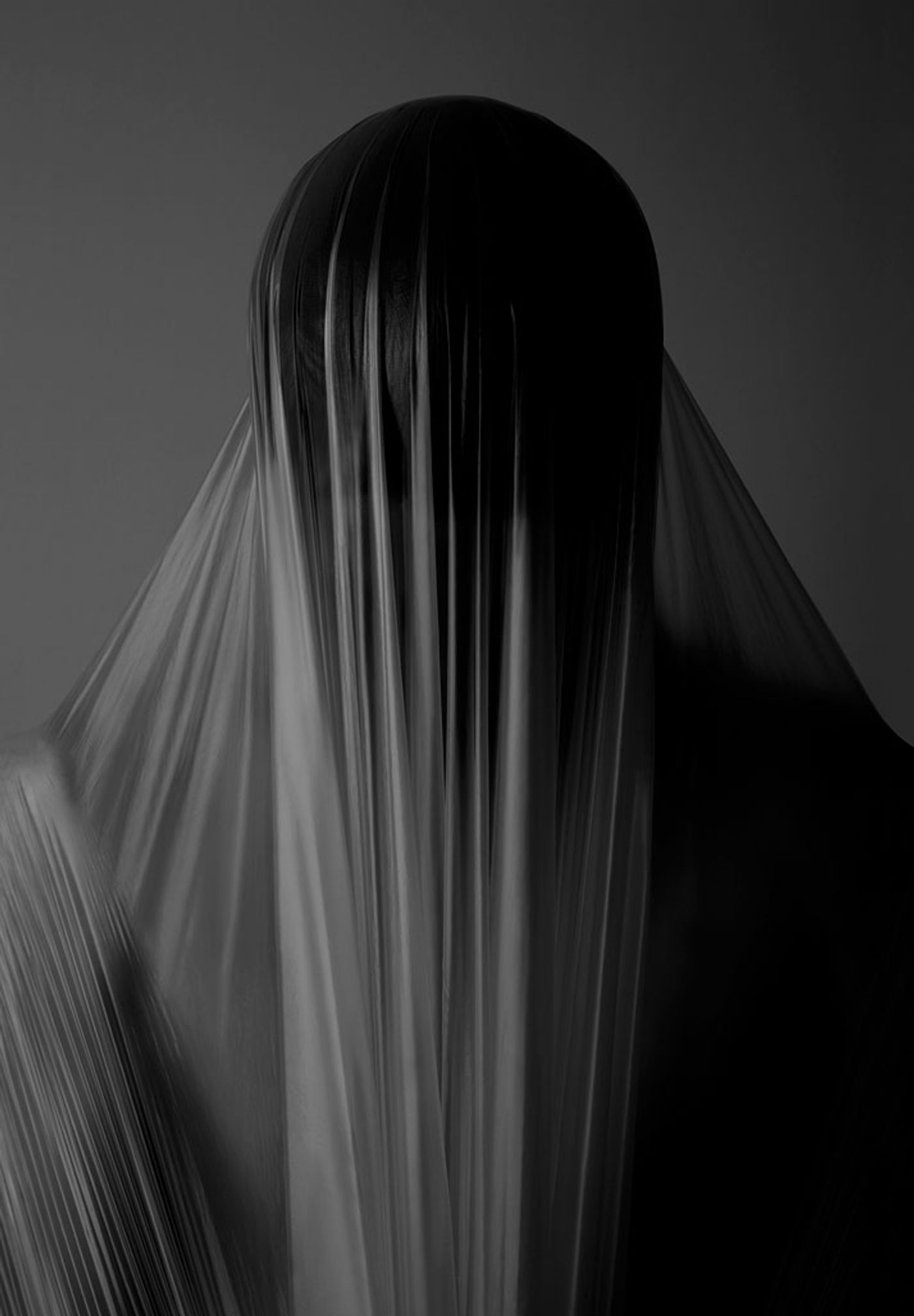
PHOTO: COPE/ARNOLD
PROJECT: VEDAS GARMENTS
GARMENT DESIGN: COPE/ARNOLD
SCALE MODEL DESIGN: COPE/ARNOLD
VEDAS (2011), which means knowledge in Sanskrit, is a striking ongoing photography series that presents the duo’s distinctive take on fashion photography. The series is a broad exploration of the subject of knowledge, especially inspired by the alternative mindset offered by Copernicus in his book ‘De revolutionibus erbium coelestium’ (On the Revolutions of the Celestial Spheres) that reassessed man’s place in the cosmos.
As the duo proclaims,
''... knowledge it seems, is at once both expansive and contractive. It is a value exchange. For some it shakes foundations, de-stabilizes values and opens up the sheer terror of possibility. For others it signifies hope, advancement and discovery''. Cope and Arnold
In their images, knowledge is a ray of light reflected from the orbit of celestial bodies, illuminating dark spaces and the corners of the mind. Its power, glorious and resplendent, restrictive but also infinite, sculpts mentality and space into pristinely pure vessels of life, where soft light, or even the absence of it, sets the scene for hauntingly captivating fashion imagery with cosmological undertones. Figures that appear sacred and regal seemingly assume the role of high priests amidst monochromatic new-age temple-like sceneries set somewhere in-between light and darkness. Shrouds, veils, visors and masks form a protective armour that enfolds the spirit. Faceless models and indistinguishable silhouettes now become universal, gracefully emerging out of the darkness poised and humbled, as if standing in awe in front of the daunting gravitas of knowledge. Through photographing sculptural garments of their own design, Cope and Arnold tell a story of spirituality, revelation and alternative belief systems, where the mystical co-exists with the scientific.
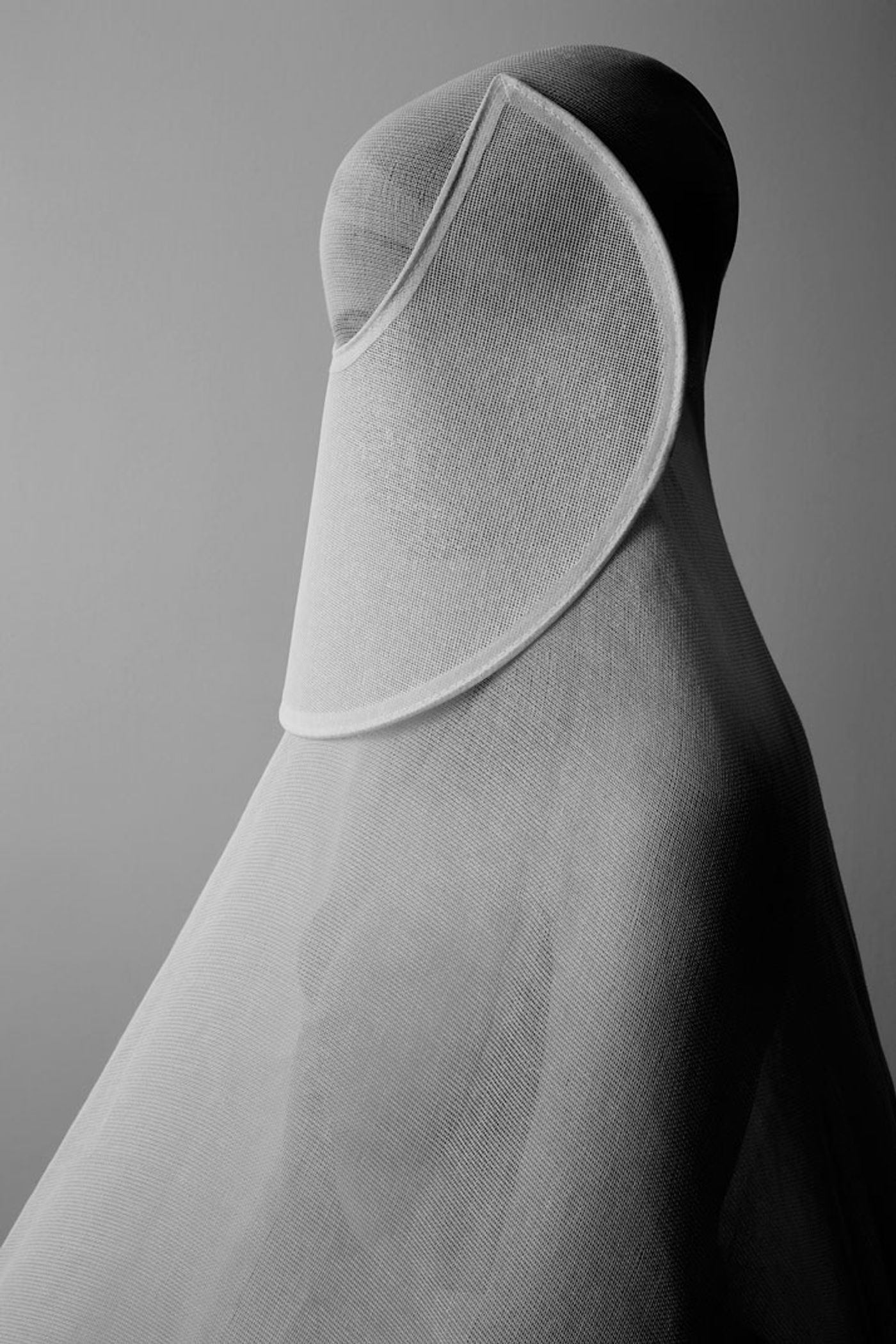
PHOTO: COPE/ARNOLD
PROJECT: VEDAS GARMENTS
GARMENT DESIGN: COPE/ARNOLD
SCALE MODEL DESIGN: COPE/ARNOLD
Another impressive project came when Russian-born and New York-based fashion designer Alexandre Plokhov commissioned them to collaborate for the creation of an image series for a limited edition look book entitled APOSTATE/ACOLYTE that was published in order to set the tone of his SS13 menswear collection. Working closely with design director Aaron Shinn, they developed the season’s thematic ''The Journey from Darkness to Light'' that fittingly embodied both the transition from the F/W to the S/S fashion season as well as the true spirit of the collection. Inspired byXavier Zimbardo’s documentation of Russian Orthodox monks living on Mount Athos, the book depicts a journey from darkness to light through dramatic, cryptic imagery in stunning black and white photography.
As they explain,
"...the imagery produced for Alexandre Plokhov’s SS 2013 book translated his solid black, grey and white looks into a visual narrative which both gave context to the collection as well as opening up a larger dialogue for the brand’s voice. For the image direction we crafted a ceremony depicting one man’s transcendence from the material to the immaterial".
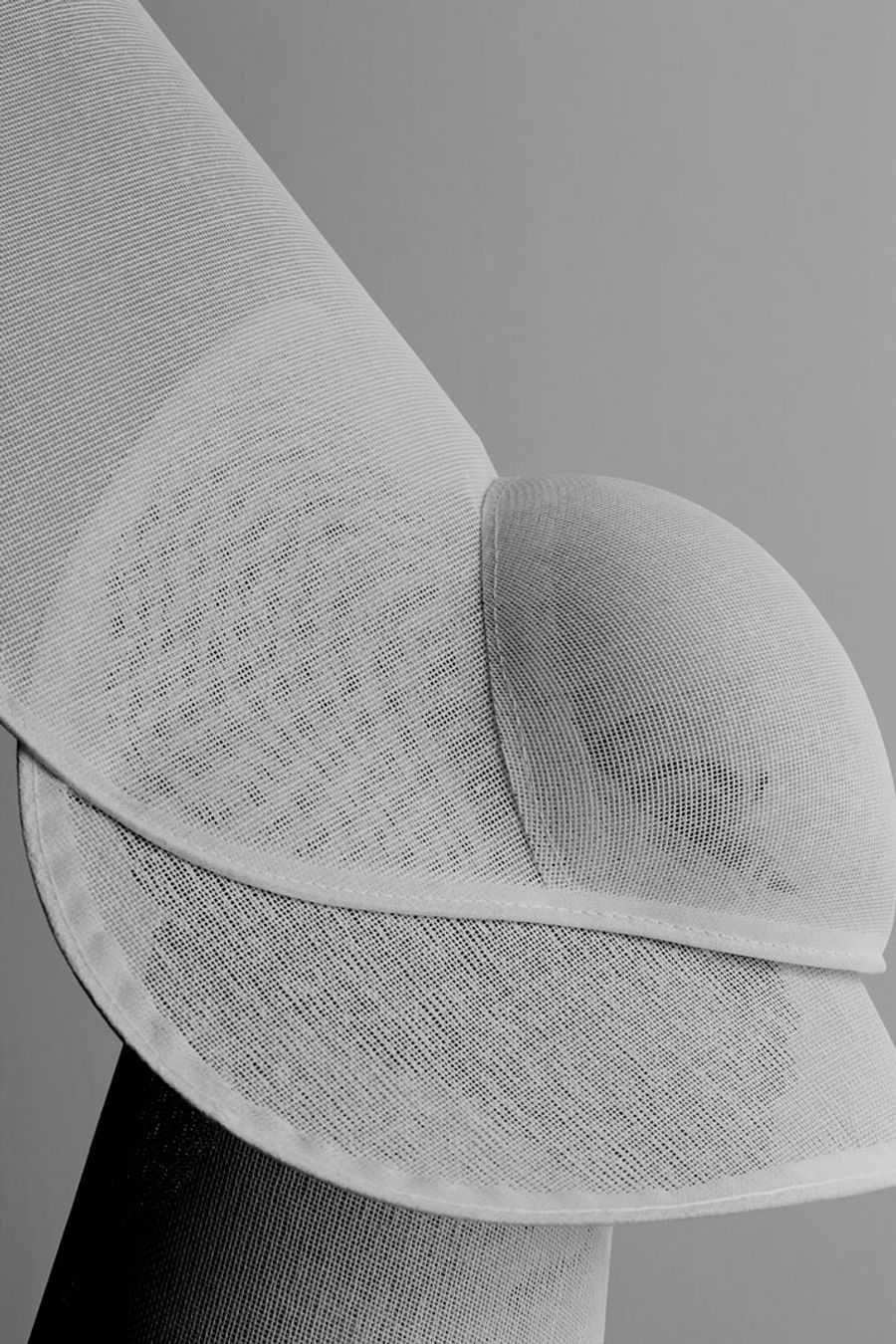
PHOTO: COPE/ARNOLD
PROJECT: VEDAS GARMENTS
GARMENT DESIGN: COPE/ARNOLD
SCALE MODEL DESIGN: COPE/ARNOLD
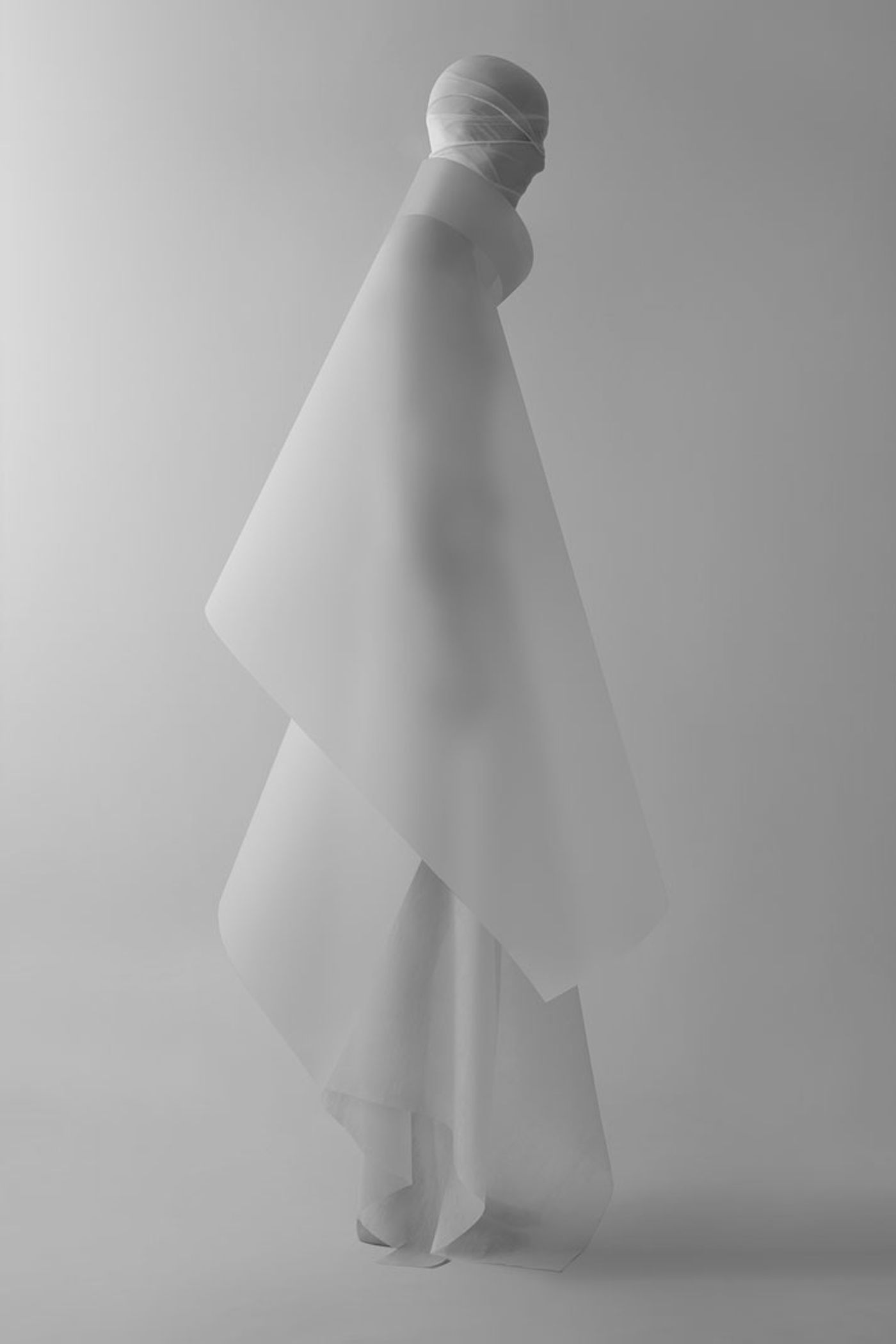
PHOTO: COPE/ARNOLD
PROJECT: VEDAS GARMENTS
GARMENT DESIGN: COPE/ARNOLD
SCALE MODEL DESIGN: COPE/ARNOLD
The same tone was present in Alexandre Plokhov’s runway presentation for last September’s New York Fashion Week, which Cope/Arnold and Aaron Shinn further developed together. Their creative input spanned the entire conception and design of his atmospheric runway presentation including environments, lighting and stage design. The book imagery’s thematic platform and dramatically atmospheric sets were replicated in the show for one unified aesthetic, with looks presented sequentially in all black, all grey and all white.
Now, what does the future hold for the ever-busy duo? ''We have two new projects we’ve been working on'', they explain enthusiastically. ''The first is based on the idea of restraint in which we have augmented and crafted garments and environments from industrial materials. It’s part of a continued interest in sculpture and creating imagery from the ground up. The second is a more traditional portraiture project based on colour and volume. It’s very much about graphically translating something that is three dimensional into two dimensions. We’re working with stylist Caitlin Boelke and costume designer Jade Yee-Gorn to construct custom garments for the shoot''. Their work will certainly be nothing short of breathtaking, transporting viewers to a journey through the mystical and the enchanting. And with the addition of film to add a multi-sensory storytelling format, who else is excited about their upcoming projects? We know we are.
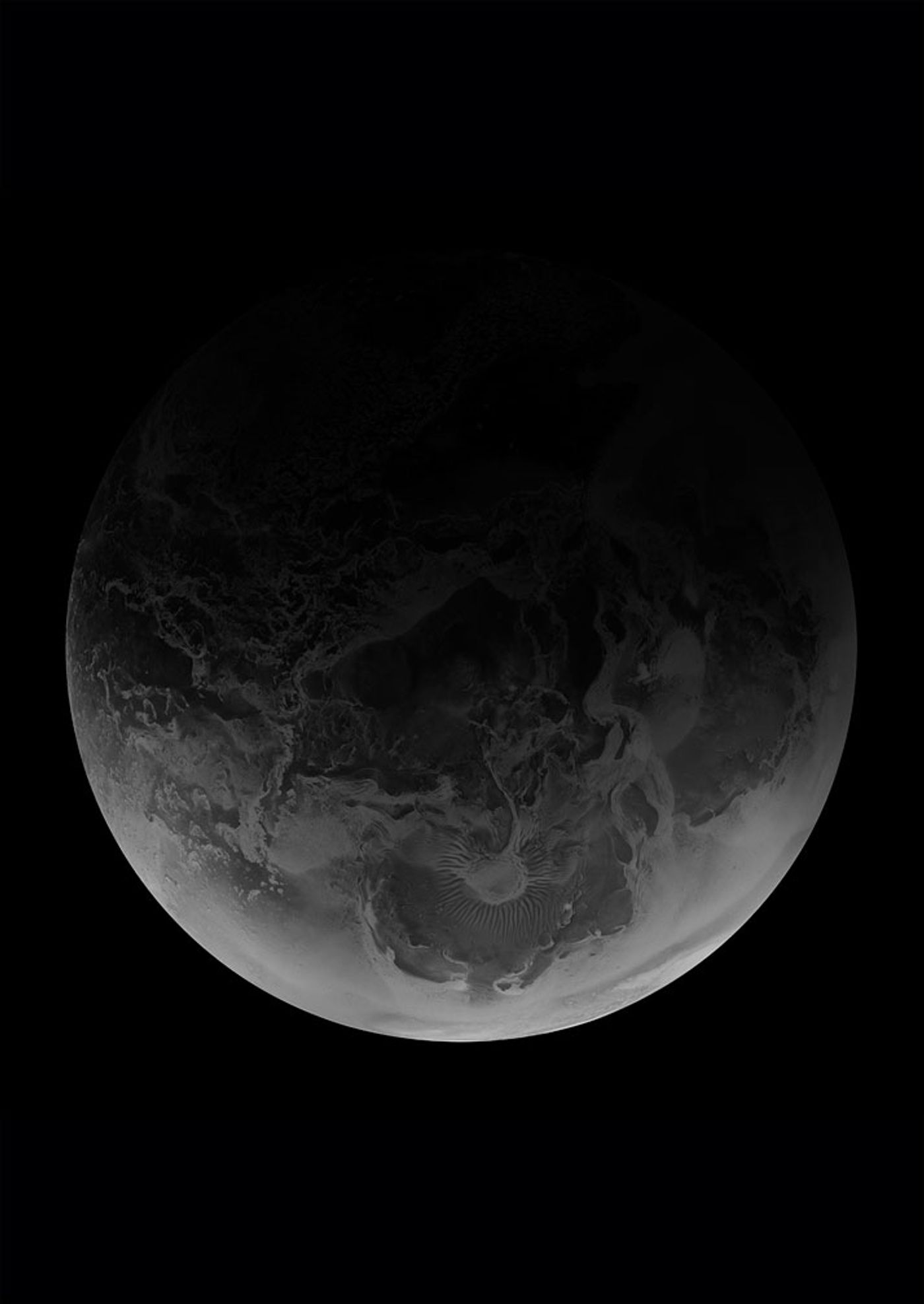
PHOTO: COPE/ARNOLD
CLIENT: ALEXANDRE PLOKHOV
PROJECT: S/S 2013 IMAGERY
DESIGN DIRECTOR: AARON SHINN
